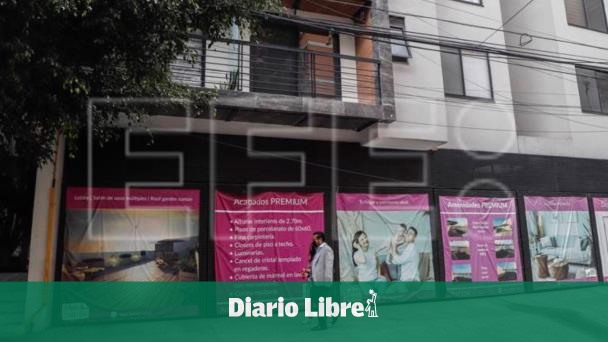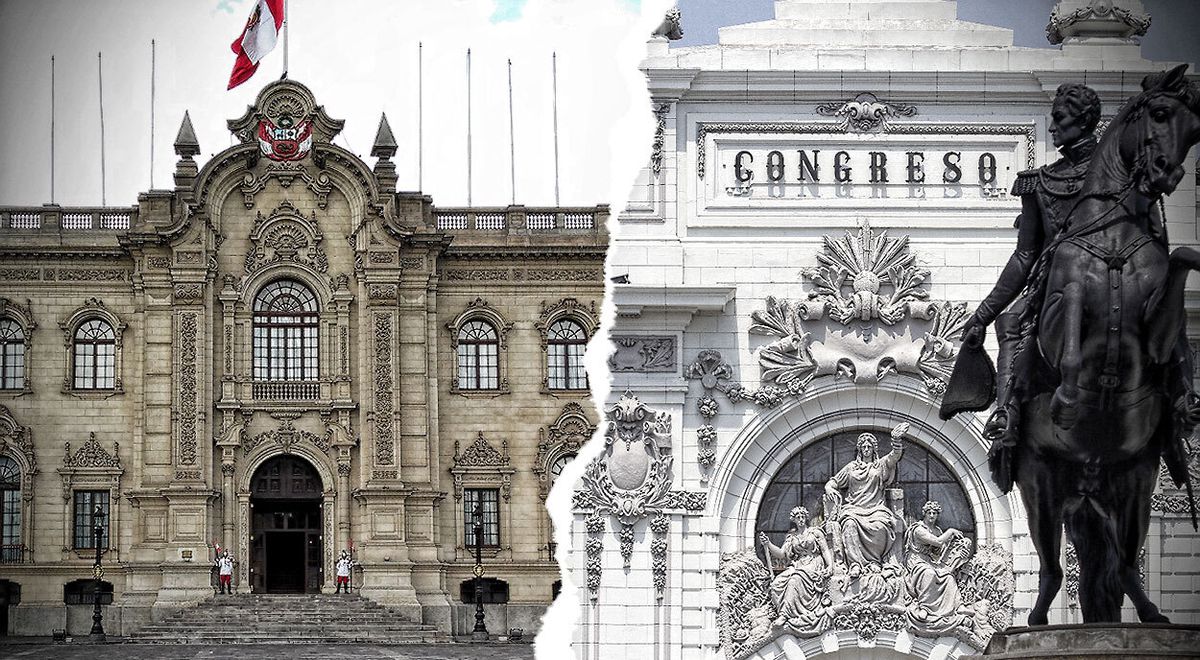The gradual increase in interest rates and the common strategy of central banks to deal with inflation are turning the dream of many Latin Americans of having their own home into a nightmare, a luxury that seems reserved only for those who have enough income to cover high loans. .
The rise in interest rates occurs in a context marked by sharp increases in rates decreed by the United States Federal Reserve in order to reduce consumption and, therefore, inflation, although there is still no talk of a bubble real estate like the one that produced the last financial crisis at the beginning of the century.
DIFFICULTIES FOR BUY HOUSE IN BRAZIL
The real estate sector in Brazil has been hit by the increase in interest rates, which deepens the difficulties for the middle class to access their own home.
“The supply of credit is hit by an increase in the price that has a very perverse effect on real estate financing. It is a situation that tends to deteriorate a lot in the coming months and years,” Claudio de Moraes, professor of Macroeconomics and Finance from the Federal University of Rio de Janeiro.
The real estate sector is one of the most sensitive to rising interest rates, which were recently raised to 13.25 percent, its highest level in six years in the South American giant.
According to Moraes, although there is a housing deficit in Brazil, the real estate market is highly concentrated in the upper classes.
“Historically, in Brazil, the level of real estate financing has always been very low, around 10 percent of GDP, due to very high prices. Therefore, it is only accessible to a specific sector of the population that has a low income. much higher than the Brazilian average”, which was about 500 dollars per month in the first quarter of 2022, according to the Brazilian Institute of Geography and Statistics.
LOANS HAVE DECREASED 42% IN MEXICO
Mexico is not the exception. Its central bank has also raised interest rates, which are at 7.75 percent, amid inflation of 7.6 percent.
According to Gabriela Siller, director of Economic Analysis of the Grupo Financiero Base, the rates of the economy follow the same dynamics as the reference rates dictated by the Mexican Central Bank, so if the reference rate rises, so do credit rates.
“Here the recommendation for those who want to buy a house is to take it (the credit) as soon as possible because they will surely continue to rise and rates will remain high,” added Siller.
According to the National Housing Information and Indicators System, until the first quarter of this year, mortgage loans have decreased 42 percent compared to the same month of 2021.
EXPENSIVE LOANS IN ARGENTINA
In Argentina, the depreciation of the peso in a context of extremely high inflation has increased the cost of accessing mortgage loans.
The Central Bank has increased the monetary policy reference rate six times this year, from 38 percent to 52 percent. This has had an impact on the rates applied to deposits and loans, and also in the case of mortgage loans. According to data from the issuer, the effective annual rate for mortgage loans reached 40.42 percent in May, compared to a rate of 34.12 percent at the end of 2021.
Inflation in Argentina, which reached 50.9 percent last year, has become a challenge for those who apply for a loan, since the loans are indexed with coefficients linked to the evolution of the cost of living.
This scenario explains why the granting of mortgage loans has fallen and barely represents 0.4 percent of GDP, according to data from last May from the Central Bank. In addition, in the first five months of the year, the volume of mortgage loans accumulated a fall of 12.6 percent.
HOUSING, A CONSTITUTIONAL ISSUE IN CHILE
The issue in Chile is so hot that access to housing is considered in the draft Constitution that has just been drafted and will be submitted to a plebiscite on September 4.
According to the Ministry of Housing, in Chile there are about 650,000 homes missing and there are more than 81,000 families living in camps, where there is often no running water or electricity.
“The cost of financing the purchase of housing is reaching the highest levels of the last decade, to which is added the significant reduction in the terms of this type of loan, from 30 to 20 years,” indicated the Chilean Chamber of Construction in your March report.
Since 2004, house prices in Chile have increased 128.6 percent, while apartments have become 126 percent more expensive.
PROVING INCOME IN PERU, AN ADDITIONAL MESS
The big problem in Peru for buying a home is that almost 80 percent of the Economically Active Population is in the informal sector, so financial institutions request various proofs of income.
The requirements to access a real estate loan are to be of legal age (18 years), have a net monthly income of 1,500 soles (400 dollars), in addition to having a job continuity of at least one year. Interest rates fluctuate between 17.50 percent and 12.60 percent, depending on the amounts requested and the payment time, which can reach 300 months.
Until April 2022, there was a total of 60,511 million soles (16,136 million dollars) placed in mortgage loans, which represents a year-on-year increase of 7.5 percent, according to figures from the Central Reserve Bank of Peru.
“Prices (for rental and sale) fell during the pandemic, but they have recovered a bit, not to the level of 2019, but they have recovered and continue to move” upwards, real estate agent Erika Chávez, from the company, tells EFE. Remax Evolution.
SOCIAL INTEREST HOUSING IN COLOMBIA
In Colombia, the Government of Iván Duque (which ends on August 7) has two aid programs to buy a property: the subsidy to acquire “social interest housing (vis)” and the “frech no vis subsidy”, a coverage that consists of granting a monthly amount for the payment of current interest on the loan when a new home is purchased.
Part of the first program is the “Mi Casa Ya” initiative, which can be applied for by those looking for a home that has a market value of less than 150 million pesos (about 37,500 dollars).
The subsidies granted depend on family income, but start at 30 million pesos (about 7,500 dollars) for incomes of less than four monthly minimum wages and can reach up to 50 million pesos (about 12,400 dollars).
According to the Colombian Chamber of Construction, the main challenge in terms of housing for the future government of the elected president, Gustavo Petro, is to overcome the housing deficit and provide housing for the 1.6 million new homes that there will be in the 2022-2026 period. .








